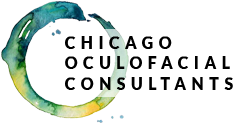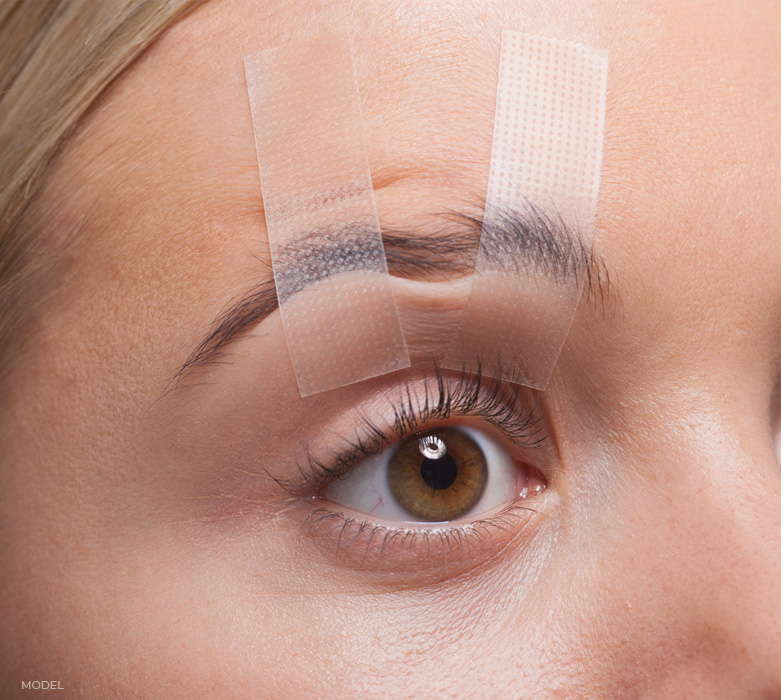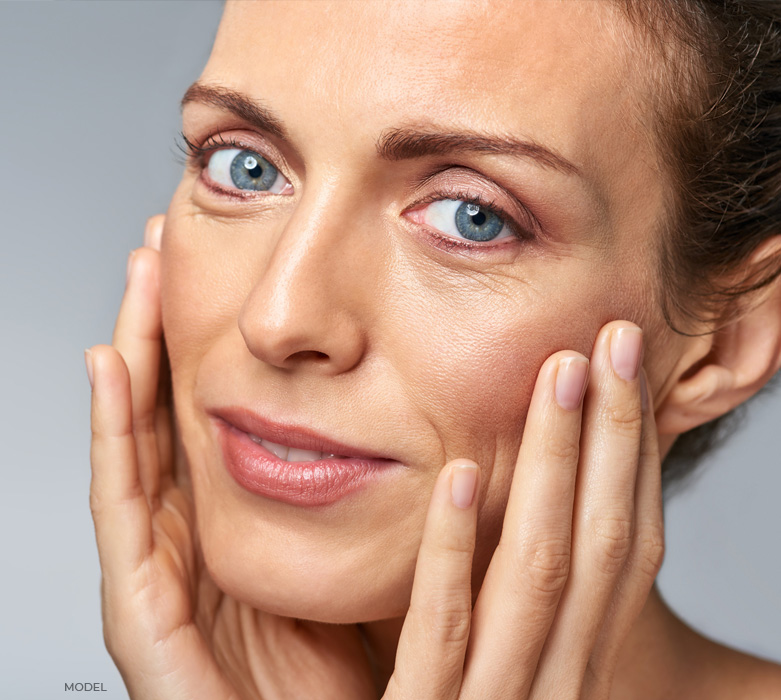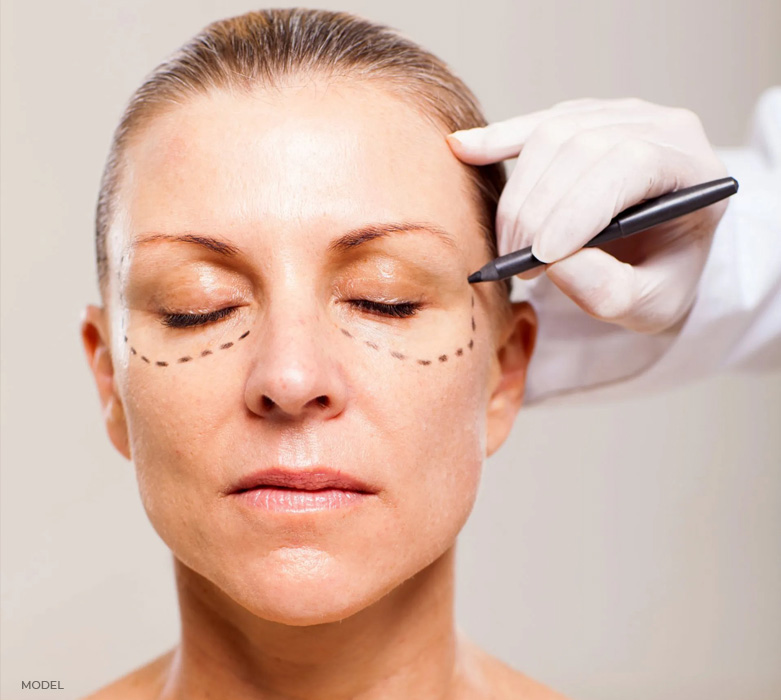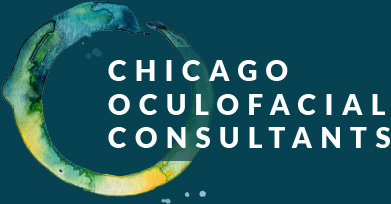Eyelid Surgery
Whether you want to restore an alert, youthful appearance or address facial symmetry, eyelid surgery at Chicago Oculofacial Consultants could be your optimal solution. Our options for blepharoplasty address a range of cosmetic concerns through precise adjustments for natural-looking results.

